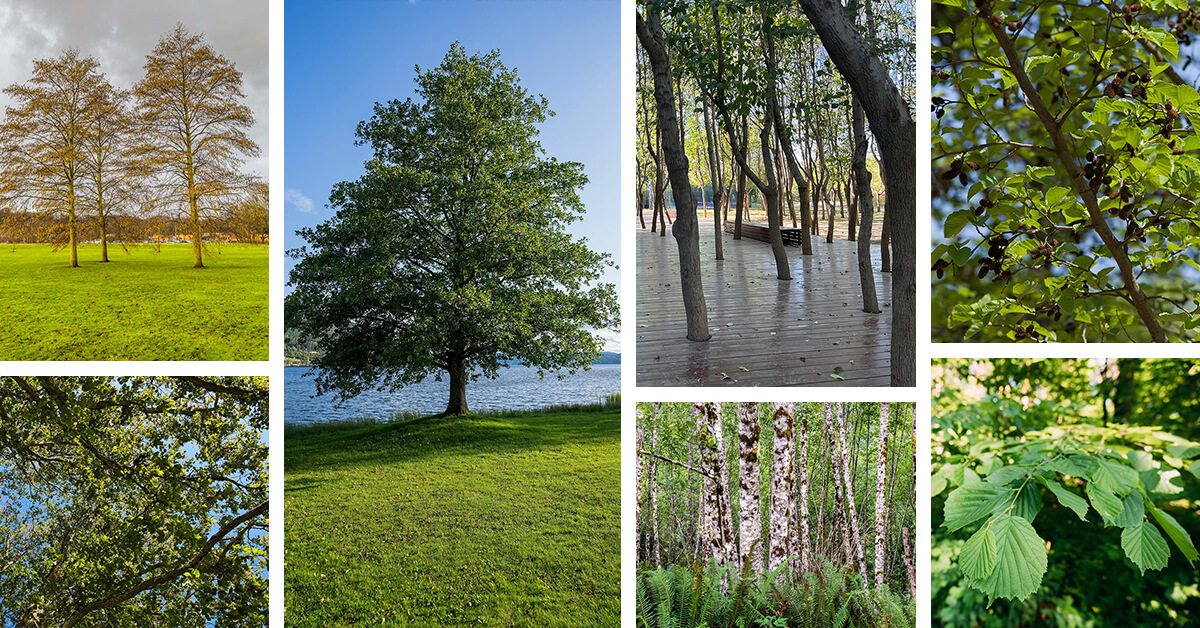Alders (genus Alnus) are seriously under-rated trees. They are part of the birch family (Betulaceae), but are often overlooked in favor of their close cousins, the birches (genus Betula). Most people, if they know alders at all, think of them primarily as lumber trees – and for good reason: their wood is strong yet flexible, and remarkably resistant to rot, even when continuously submerged (most of the docks and pilings in the city of Venice are made of alder wood).
One reason alders are such valuable timber trees is because they are both fast-growing and extraordinarily adaptable – a rare combination of traits in a tree. In the wild, types of alder trees are “pioneer species,” often the first woody plants to colonize areas that have suffered from environmental disturbance. They’re drought-resistant, yet also grow well in soils that don’t drain well, and even tolerate flooding.
They also have the ability to convert nitrogen in the air into a usable form, with help from bacteria living in their roots. This process, called nitrogen fixation, is common among plants in the legume family (Fabaceae) but quite rare in non-legume plants. It allows alders to thrive on soils that are too infertile for any other trees to grow.
Alders are also surprisingly strong, despite their rapid growth rate and relatively soft wood. Unlike poplars, sycamores, silver maples, and other fast-growing landscape trees, alders rarely drop limbs, and aren’t vulnerable to pests or diseases.
If you haven’t considered incorporating different alders into your landscaping, take a moment to learn a little bit about these appealing, adaptable, and fascinating trees. Whether you’re trying to landscape a “problem yard” with mucky or infertile soil, planting a hedge or screen, or just looking for something a little different from the usual oaks, maples, elms, etc. – alders may be just what you’re looking for!
Key Takeaways
- Alders are trees in the genus Alnus, and are closely related to birches (Betula). There are about 30 species worldwide, almost all of them native to Europe, Asia, or North America (sometimes all three, as is the case with green alder).
- Most alders are shrub-sized to medium-sized (<10-50 ft tall), but a few species can grow to a hundred feet.
- The most common species of alder are red alder (Alnus rubra), native to North America, and European or black alder (Alnus glutinosa), which is native to Europe.
- Most alders are fast-growing, hardy trees, and can often be found growing near or even in water.
- Alders are able to survive in harsh environments because they “trade” some of the sugar they photosynthesize with bacteria living in their roots in exchange for nitrogen (nitrogen fixation). This nitrogen is returned to the soil as their leaves decay, improving the soil for plants growing around them.
- Most alders are fairly short-lived (100 years or less), but unlike many fast-growing, short-lived trees, alders are resistant to pests and diseases and remain healthy for most of their lives.
- Alders tolerate most environmental conditions well, but are very shade-intolerant and must be planted in full sun.
12 Tough, But Gorgeous Alders for Any Landscape
1. Black Alder (Alnus glutinosa)
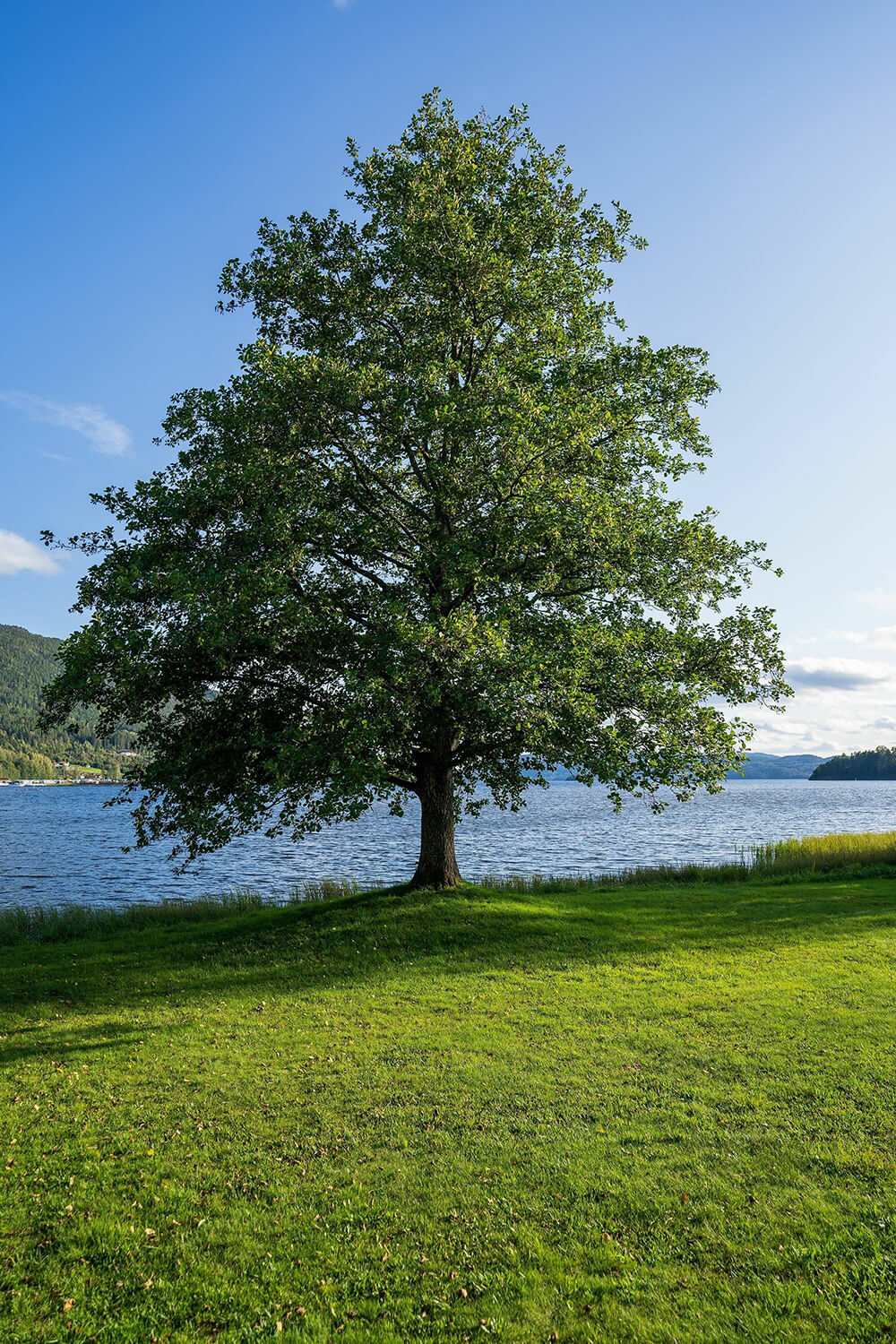
Black or European alder is one of the most common species of alder, both in the wild and as a cultivated tree. Black alder is hardy, fast-growing, pest and disease-resistant, and on top of all that it has great aesthetics! Its broad, pyramidal crown reaches up to 60 feet in height and makes an excellent shade tree with no pruning required. Their popularity means that many varieties of black alder are available that maximize aesthetics, including a few that produce fall color.
2. ‘Imperialis’ Alder (Alnus glutinosa var. ‘Imperialis’)
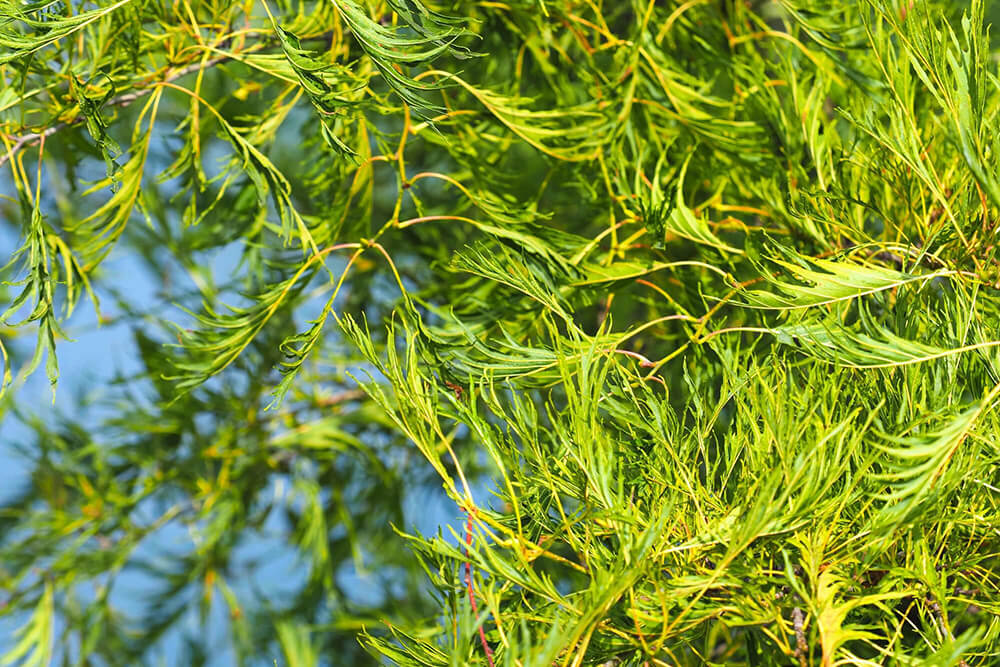
Technically a variety of black alder, the ‘Imperialis’ is so different in appearance and habit from other varieties that it deserves its own place on this list. ‘Imperialis’ alders tend to grow more slowly than other black alders, and generally don’t reach above 30 feet in height. They also have extraordinarily lacy foliage that resembles pine needles more than leaves; combined with their elegant, conical shape, these are trees to be showcased, especially near water features or on wet, mucky soils.
3. Red Alder (Alnus rubra)
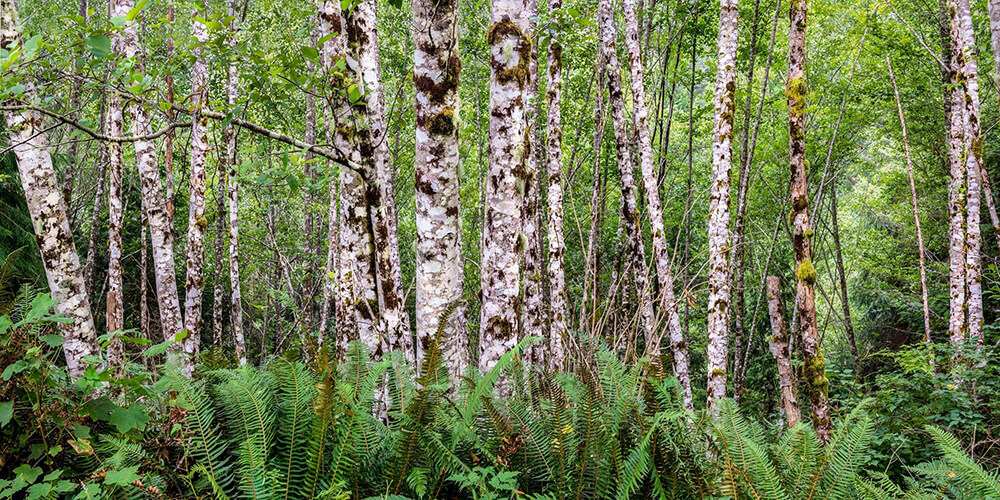
Native to western North America, red alder is one of the largest alder species, regularly reaching 80 or 90 feet tall, with a canopy spread about half its height. Cultivated trees will probably not reach these heights, but are still plenty large enough to make them great shade trees. Red alders are also some of the faster-growing alders: with sufficient water, they can reach 20 or 30 feet in height within ten years! Like black alder, red alder has a “cut-leaf” variety (A. rubra f. pinnatisecta), which sports lovely fern-like leaves.
4. White Alder (Alnus rhombifolia)
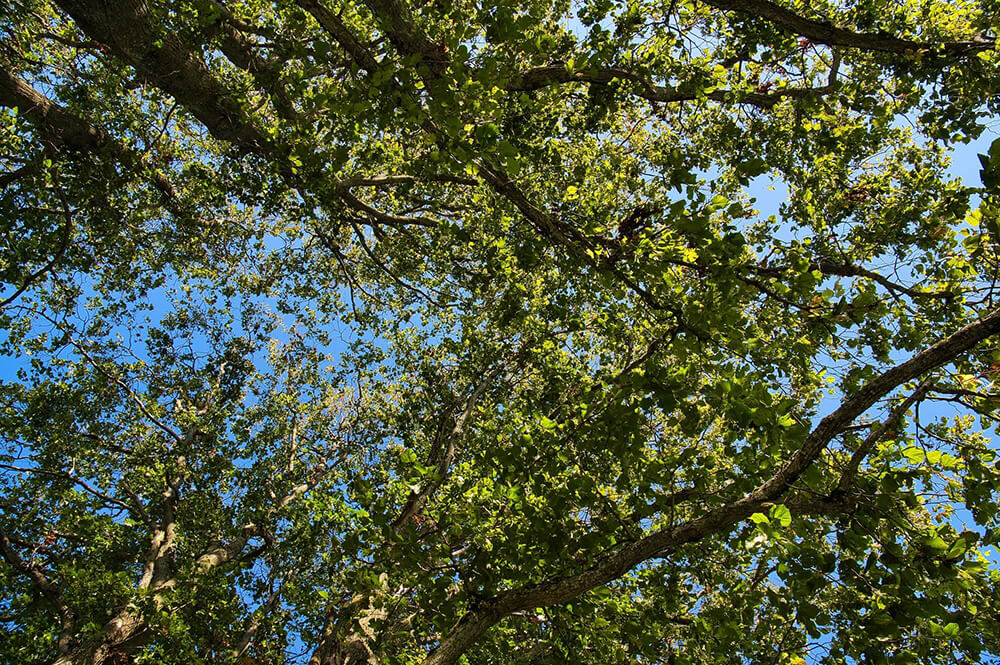
South of zone 6 in North America, red alder is replaced by white alder, which has slightly curled leaves but is otherwise quite similar in appearance. White alder tolerates heat much better than red alder, growing as far south as Florida, and is a bit more drought-tolerant. White alder is a great choice for thick or mucky soil, but make sure to give it space: its shallow root system can damage sidewalks, driveways, and foundations if planted too close.
5. Siebold Alder, Oobayashabushi (Alnus sieboldiana)
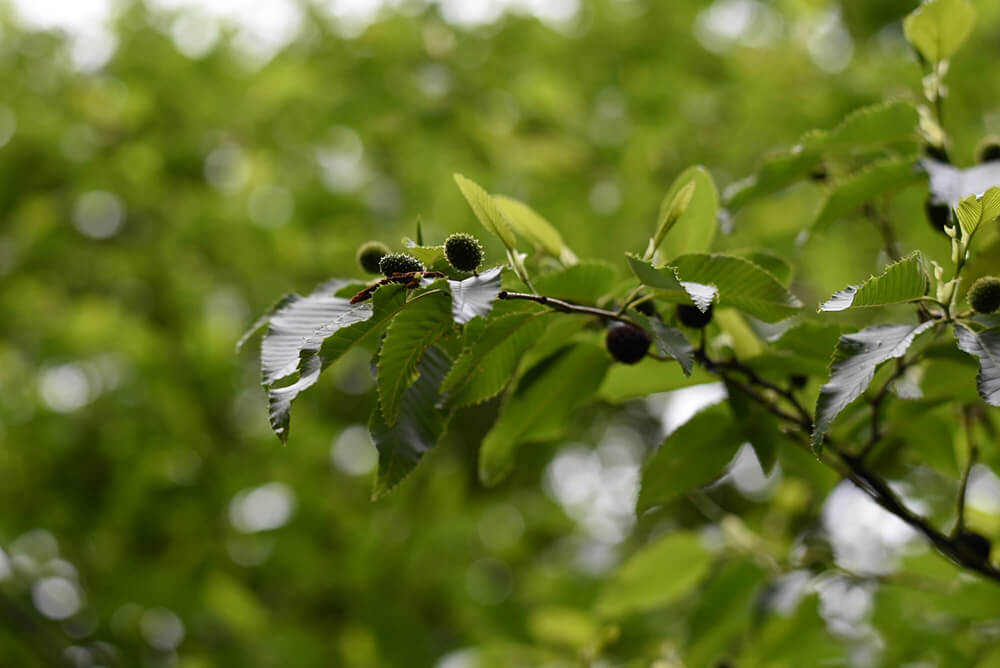
Native to Japan, Alnus sieboldiana is becoming more popular outside its native range as a landscape tree because of its showy catkins and large, handsome foliage. It’s smaller than many of the more common species, and might be better described as a “shrub” than a “tree” – but it’s just as robust and fast-growing as larger species. Its smooth bark and multi-trunked habit make it an attractive specimen planting, and it takes well to pruning and shaping.
6. Gray Alder, Speckled Alder (Alnus incana)
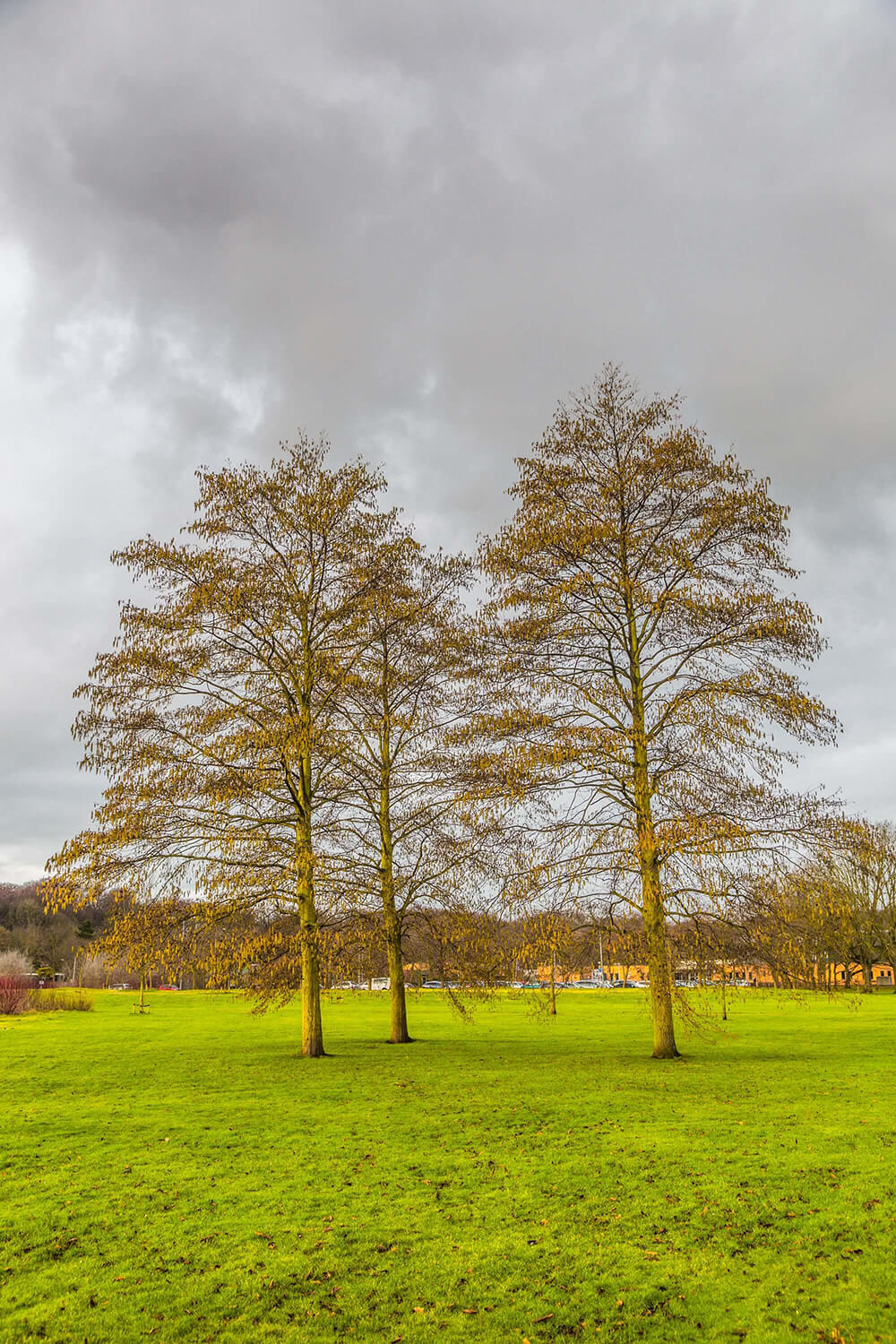
Gray or speckled alder is native to both Eurasia and North America, and in North America is common in the Midwest and western US & Canada. Its small stature and thick growth make it a good choice for hedges or screens, and as an understory plant it’s also more shade-tolerant than most alders (though it still will not tolerate complete shade). Speckled alder is fast-growing and highly tolerant of flooding, but must be protected from drought.
7. Japanese Alder (Alnus japonica)
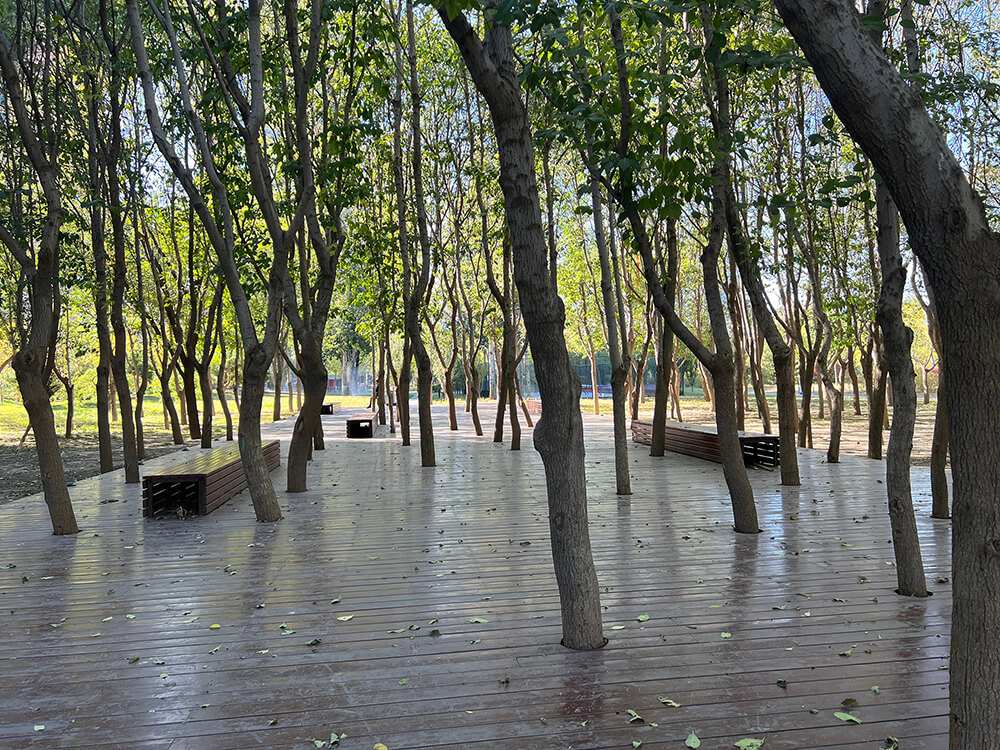
Japanese alder makes a handsome mid-sized specimen tree, reaching 20 to 30 feet in height and showing two very different “faces”: from late spring through December, its symmetrical crown is thickly grown with elm-like foliage, but in early spring is decorated with yellow (male) and purple (female) catkins that will remind you of autumn leaves. While it grows best in moist-to-wet soils, it’s also quite tolerant of dry soils, which along with its fast growth has made it popular as a street tree.
8. Smooth Alder (Alnus serrulata)
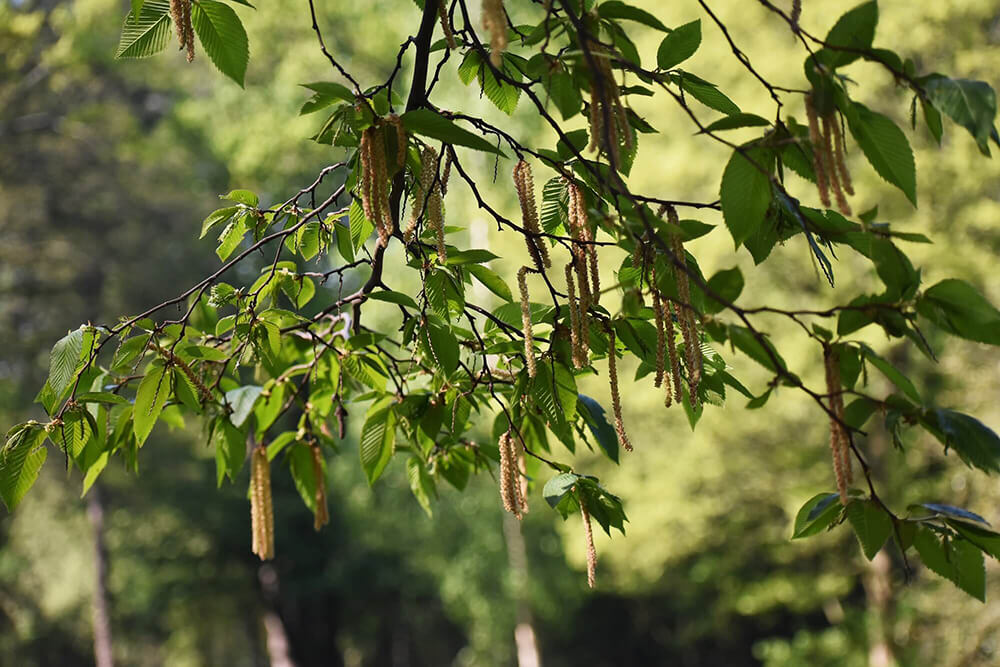
Hazel alder, also called smooth alder, is one of the smaller and more shrub-like alders, generally reaching about ten feet high and often producing multiple trunks. It’s native to forests and marshes throughout eastern North America, and as an understory tree it’s more shade-tolerant than red or white alder, the most common native species. Hazel alder’s stature and dense growth make it a good choice for hedges or screens, particularly because it’s a magnet for wildlife: birds and small mammals eat the flower clusters in spring, and it is a host plant for the rare harvester butterfly, which eats aphids and is the only known carnivorous butterfly.
9. Siberian Alder (Alnus hirsuta)
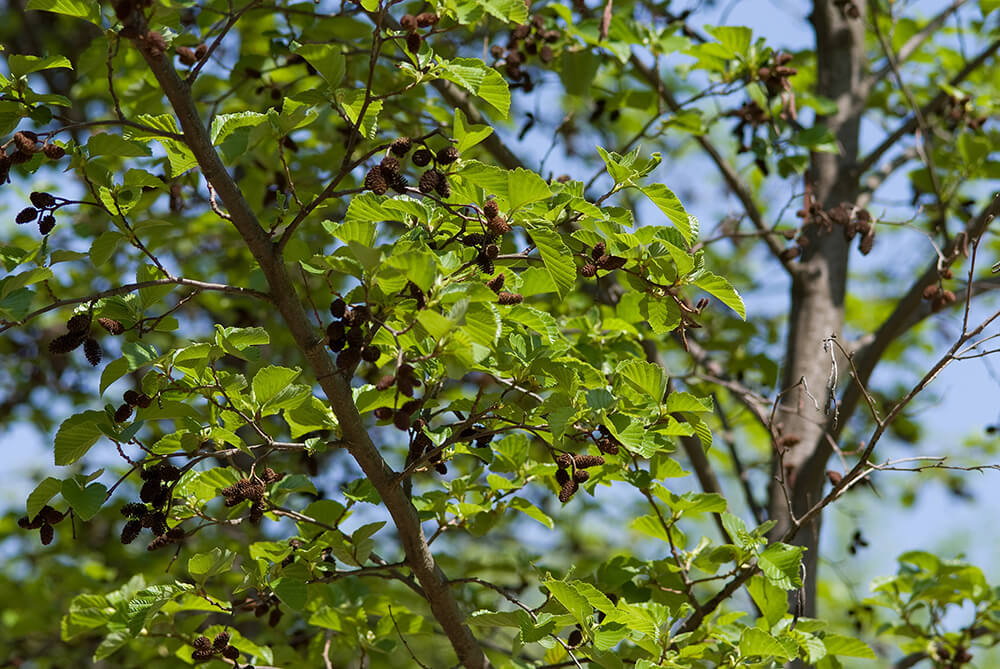
Siberian alder is closely related to gray alder, and is native to far eastern Russia and northern China, where its extensive root system allows it to cling on rocky, exposed soils. It is the most drought-tolerant species, yet also tolerates occasional flooding, and isn’t vulnerable to any serious diseases or pests. Tough as it is, Siberian alder is still a handsome tree, with a broad crown that actually changes color in the fall, a rarity among alders. For home landscaping, consider the “Prairie Horizon” cultivar, which was selected not only for its symmetrical growth but its tolerance of urban pollution.
10. Green Alder (Alnus viridis)
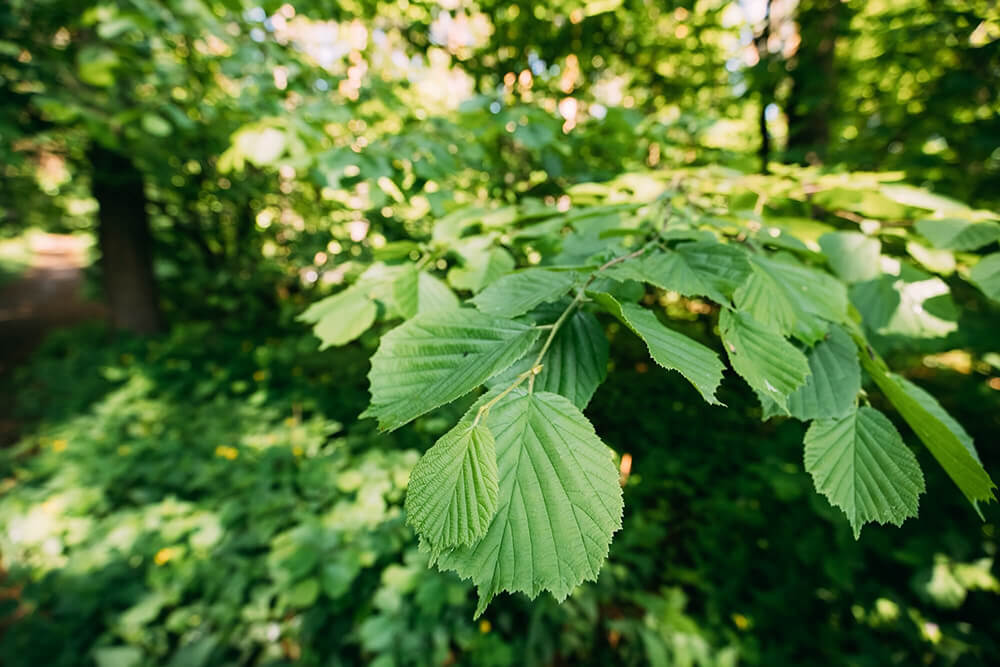
Green alder is one of the most widespread alder species, native in both Eurasia and North America. In the western US, it is sometimes called “slide alder” because of its ability to colonize areas cleared by avalanches or landslides, and will even grow in mine tailings. It’s one of the hardiest alders and also one of the most frost-tolerant, growing as far north as zone 1 (northern Alaska)! It’s also one of the smallest, rarely rising much above the height of a person, making it a good choice for planting under other trees or in small spaces.
11. Italian Alder (Alnus cordata)
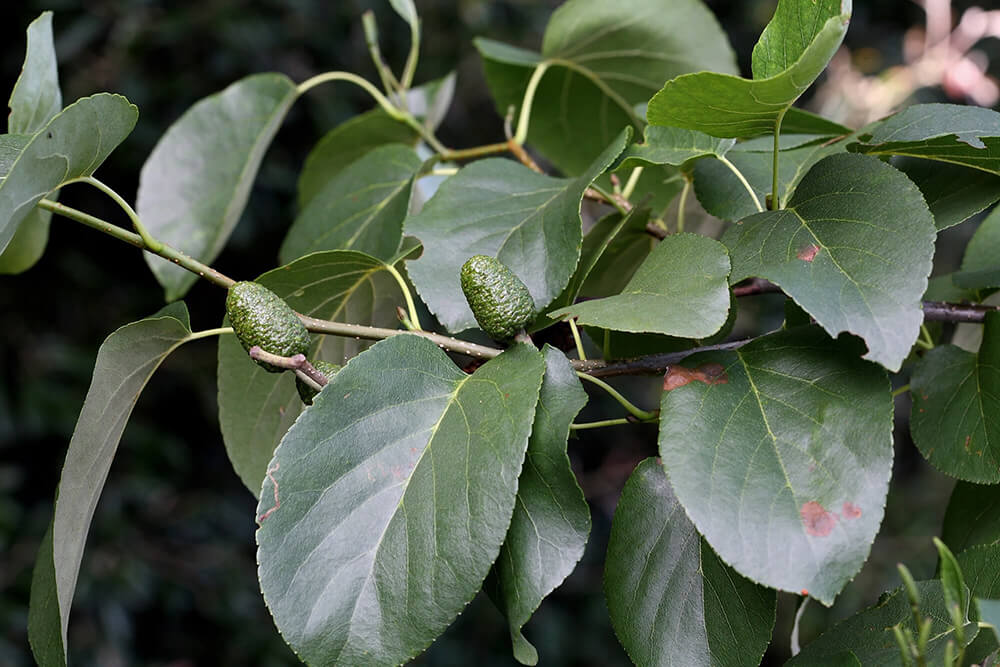
Italian alder, as its name suggests, is native to Italy and southern Europe, but has become a popular ornamental tree, even winning the Royal Horticultural Society’s Award of Garden Merit for its hardiness, upright shape, and large, glossy foliage. It tolerates a wide range of environmental conditions, but is particularly well-suited for highly alkaline soils, which are inhospitable to most landscape plants. Italian alder is a well-shaped, medium-sized tree, generally reaching about 40 to 50 feet. It’s an ideal yard tree for yards with poor soil, or to fill a low spot in the landscape that never seems to dry out.
12. Andean Alder (Alnus acuminata)
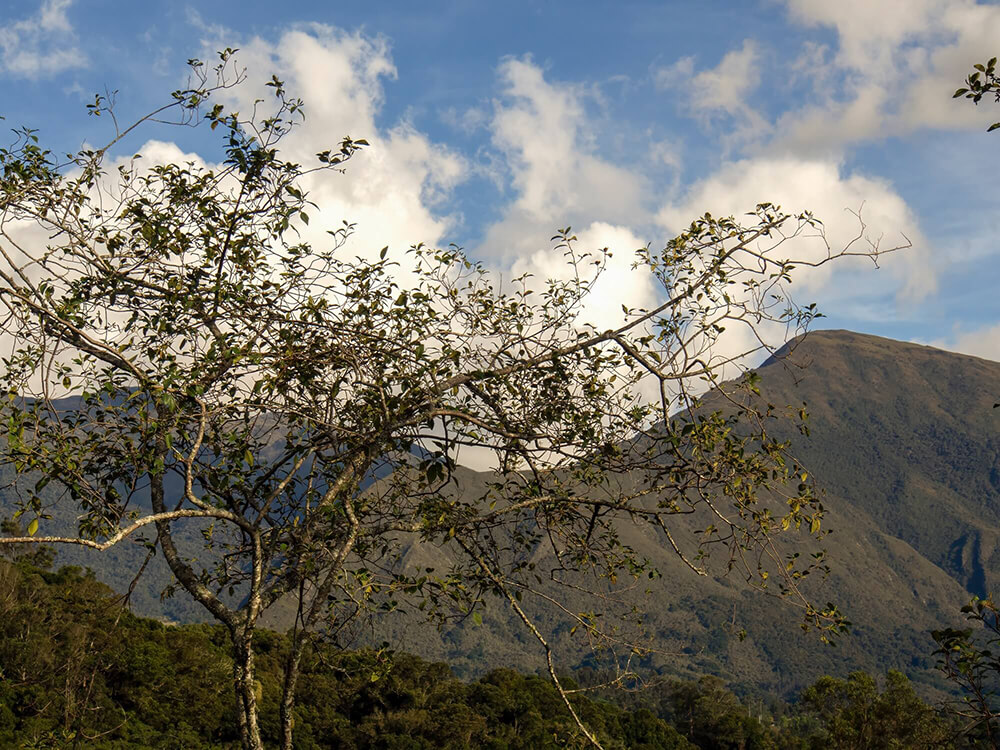
Andean alder is the only species in the genus native to the Southern Hemisphere, growing along the west coast of the continent from Chile north to Central America and Mexico.It also tolerates highly acidic soils, and grows better in dry soils than many other alders, although it still needs fairly consistent moisture. One thing Andean alders do not tolerate well is frost, and in more northerly climates they should be planted in sheltered spots to protect them from winter winds.
12 Enchanting and Adaptable Alder Trees With Colorful Canopy
Alders are exceptionally hardy, fast-growing trees, capable of thriving on sites where other trees simply can’t survive. They’re particularly adept at growing on mucky, poorly-drained, and even flood-prone soils, but many species can survive equally well on dry and droughty soils. Their unique relationship with soil bacteria allows them to establish on infertile soil, which they improve as they grow, paving the way for less tolerant plants.
If your landscape has areas with drainage or fertility issues, an alder may be your superhero tree! Yet there’s a lot more to alders than hardiness, and they would be worth planting even if they weren’t such tough trees. Their birch-like foliage, colorful catkins, and unique fruits provide not just aesthetic appeal but food and shelter for wildlife, and the plants that grow around them will get free fertilizer every year in the form of fallen leaves!
This isn’t to say that alders don’t have issues of their own: they’re thirsty trees, and even when cared for don’t live nearly as long as oaks or maples – and speaking of oaks and maples, if you’re looking for fall color, keep looking (although the leaves of a few species will turn a lovely gold in late fall).
[wp-faq-schema title=”Frequently Asked Questions About Alder Trees” accordion=1]

